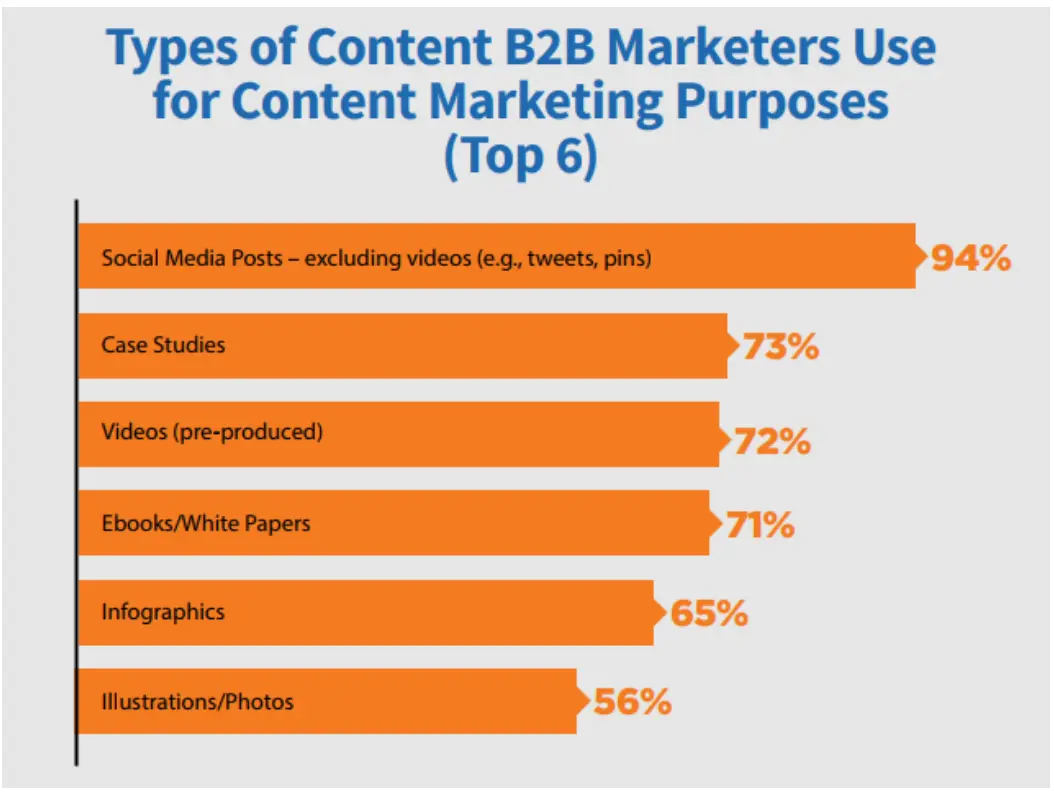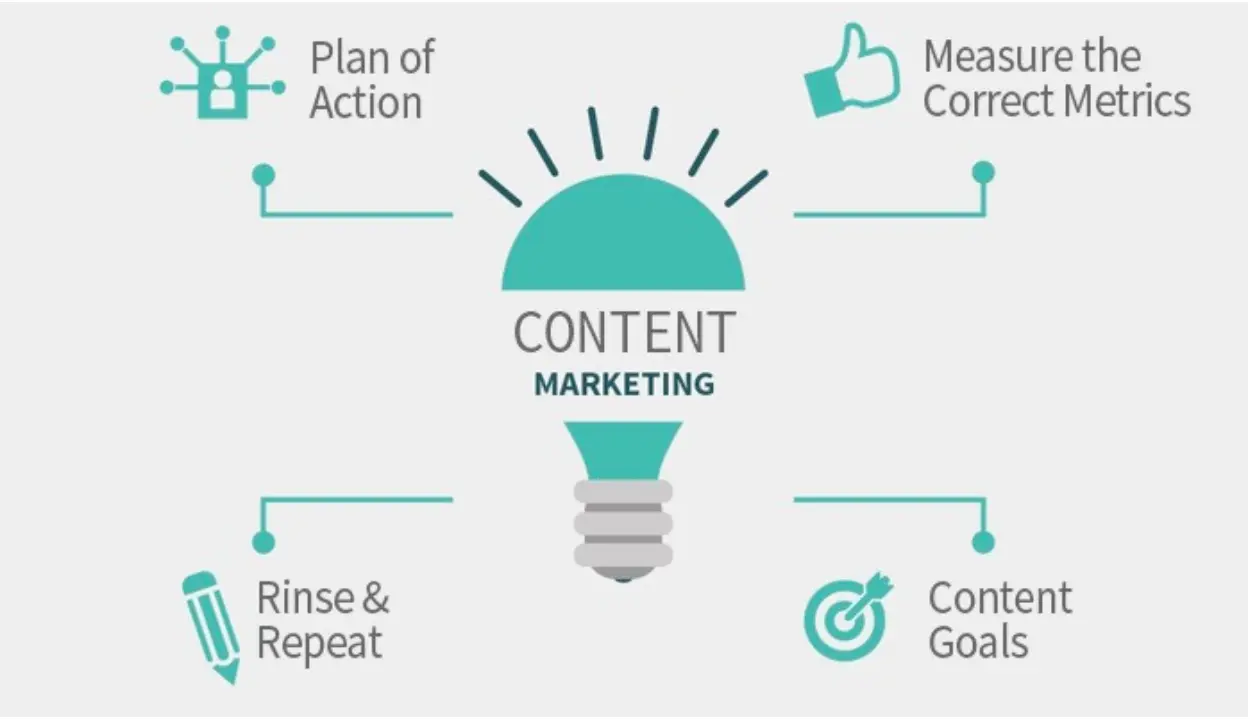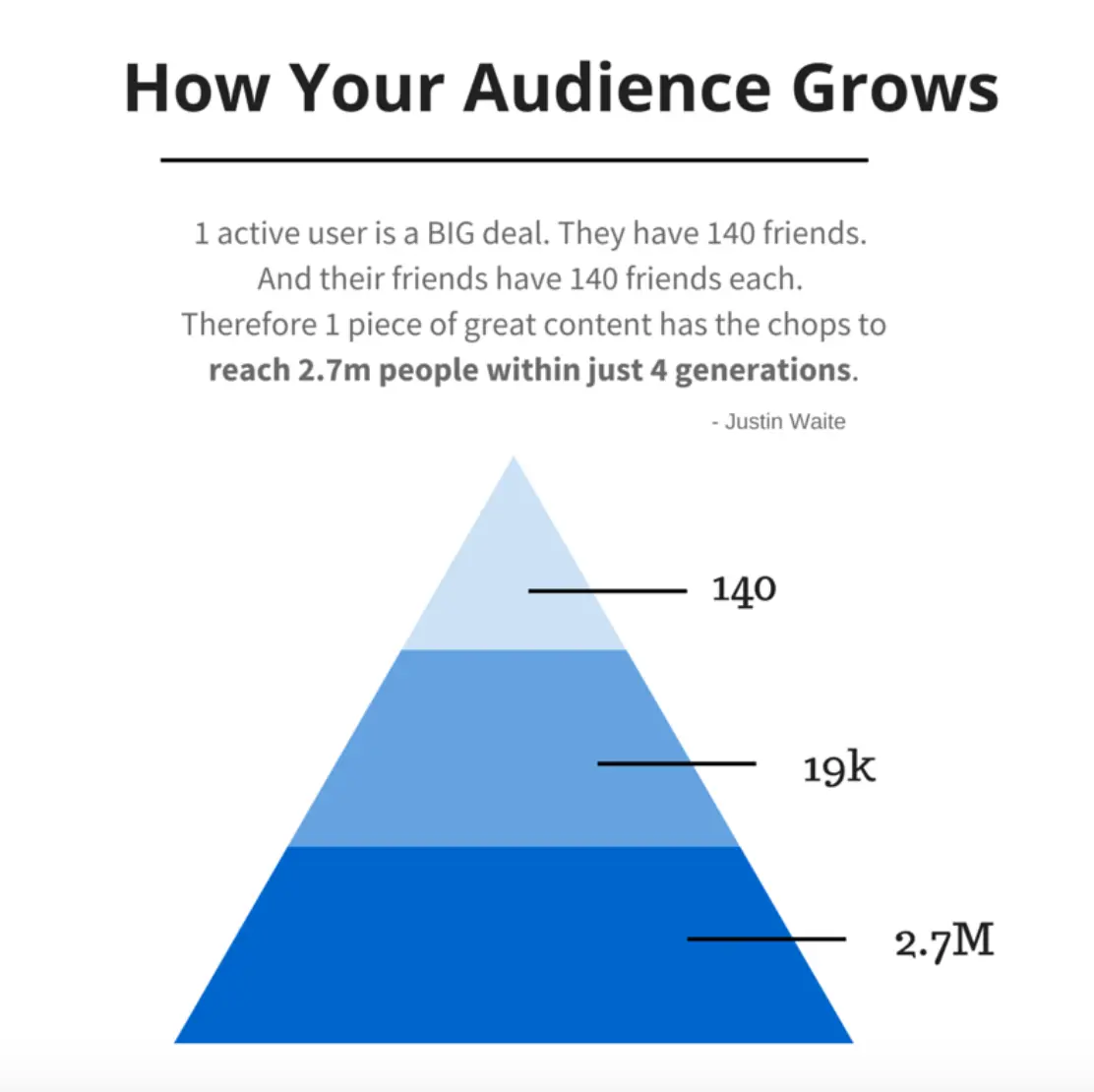Do you need help creating content that transforms readers into customers? You're not alone. Many organizations devote significant effort and money to content creation yet fail to achieve the desired outcomes.
*Updated 11/17/2024
It’s because developing sales-driven content entails more than just writing great headlines and creating eye-catching imagery. Instead, it necessitates a well-crafted content strategy that meets your target audience's needs.
This article will give you essential insights to help you develop content that attracts attention and generates revenue, whether you're new to content marketing or trying to improve your current approach.
So without further ado, let's start improving your content plan for success!
Top 5 Ways To Optimize Your Content Strategy
- Know your audience
- Develop a content strategy framework
- Craft high-converting content
- Measure and optimize your content
- Promote your content for maximum impact
Understanding your target audience's pain points and demands can assist you in creating content that will resonate with them and drive conversions.
Now, let’s look at each of the top 5 ways to optimize your content strategy for conversions more deeply.
1. Know your audience
Let's look at some pointers for identifying your target demographic and developing buyer personas.
- Extensive market research: Market research may assist you in identifying your target audience. You can use tools like surveys, social media analytics, and customer feedback.
- Build buyer personas: After determining your target demographic, you can establish buyer personas that reflect your ideal consumers. Using this information to help develop buyer personas can assist you in creating material that your target audience will resonate with.
- Develop content from your insights: With your content, try to address the pain spots and wants of your customers by increasing traffic, generating leads, and improving online visibility, for example.
In this way, you can establish a content strategy that increases conversions by identifying your target audience and providing the material targeted to their requirements.
Also, you can benefit from professional strategy consulting to further refine and enhance your approach.
2. Develop a content strategy framework
Now that we've established the significance of producing high-quality content and comprehending your target audience, it's time to build a content strategy.
A content strategy is a plan that details how you intend to use content to achieve your company objectives. These are some essential components of a good content strategy:
- Setting objectives: Carefully identify your content marketing goals and objectives. It’ll assist you in remaining focused and measuring the efficacy of your content.
- Content kinds: Determine which material appeals to your target audience and corresponds with your company objectives. You might include blog articles, social media material, videos, e-books, webinars, and other forms of content.
- Planning your content calendar: Plan out your content ahead of time and build a content calendar. It’ll help you be structured and consistent in your content-generating efforts.
You can find content techniques that work well in a variety of businesses, like Hubspot, for example. They base their content strategy on providing instructional content that assists small businesses in growing.
Among other content types, they feature a blog, podcasts, and webinars that impart ideas and information on inbound marketing strategies, sales, and customer support, building a solid brand known for helping businesses succeed.
3. Craft high-converting content

Now that you've defined your content strategy, it's time to concentrate on creating content that converts.
Whether you're writing a blog post, a social media ad, or an email newsletter, your content must attract your readers' attention and persuade them to take action.
Let's start with the qualities of high-converting content.
- Your material should clearly express your value proposition, emphasizing what differentiates you from rivals and why your product or service is worthwhile to invest in. A well-implemented DAM system streamlines this process, ensuring your content is not only visually appealing but also easily accessible and efficiently managed, enhancing your team's productivity and creativity.
- It should also have a clear call to action, pointing readers to the next step, whether that's completing a purchase, subscribing to a newsletter, or booking a consultation via an online booking system.
- Your content should be visually appealing, with photographs and other visuals used to entice readers and make your message more engaging.
To achieve this, write engaging text supporting your point. Here are some tips for writing better content.
- Employ simple language and emphasize the most critical facts first.
- Break up larger chunks of text with bullet points or numbered lists to make your material easier to read.
- Make an emotional connection with your readers by using narrative to make your message more memorable.
- Make sure your material is aesthetically appealing. Break up larger blocks of text using photos and other visuals to reinforce your idea.
- To make your material more accessible to readers with visual impairments, use high-quality photos related to your subject and add alt text.
Once you answered to the question "how many articles do I need to start a blog", then the right time is to start acting. In these ways, you can take your content strategy to the next level and achieve more success in building your business.
4. Measure and optimize your content strategy
After establishing your content strategy, tracking its effectiveness and tweaking it for optimum impact is critical.
Monitoring your content's performance helps you understand what's working and what's not, allowing you to make data-driven decisions about improving it.
For example, if a specific blog article generates a lot of traffic but has a high bounce rate, you could change the headline or add additional visual components to make it more engaging.
Also, if a specific audience section receives your video material particularly well, you may generate more video content tailored directly to that segment.
And finally, it's essential to remember that you can continually enhance the efficacy of your content and meet your business goals by utilizing statistics to drive your decisions.
Also, creating an effective listicle can help organize key insights in a way that engages your audience.
5. Promote your content for maximum impact
Producing great content is only half the fight. You must also successfully advertise your material to get the most out of it. Here are some recommendations for marketing your content.
- Share it on social media: Promote your material on social media to reach a larger audience. You can post your material on the social media accounts of your organization and urge your staff and customers to do the same. You can also use chatbots on social media to promote your product.
- Email marketing: Try to announce your new material and link it in an email to your email list. You may also include content snippets in your email newsletters to persuade users to visit your website.
- Influencer outreach: Another way to promote your content is to contact industry influencers and encourage them to share your material with their audience.
- Paid promotion: To reach a larger audience and generate traffic to your website, consider utilizing paid promotion channels such as social network advertising, Google AdWords, or sponsored content.
In such ways, you can expand the reach and impact of your content by successfully advertising it, generating more visitors and leads to your website.
Conclusion
Optimizing your content strategy to increase conversions is a multidimensional process requiring time, effort, and meticulous attention to detail.
You can provide a solid basis for your content marketing efforts and boost your chances of converting visitors into customers by following the advice and tactics offered in this blog.
Remember to pay attention to your audience's demands, provide relevant answers to their issues, and create material that is easy to read and aesthetically appealing.
Also, assess the performance of your content strategy every month and make improvements as needed to continue raising your conversion rates.
You can design a content strategy with patience and dedication to helping your business grow and prosper in the competitive digital market.






